Horizontal Baler: An Efficient Solution for Material Compression and Baling
Date:2024-12-09
View: Point
A horizontal baler is a type of machinery used to compress various materials and bind them together, widely applied in waste recycling, logistics warehousing, and other fields. It reduces material volume for easier transportation and storage. Below is an in-depth introduction to horizontal balers:
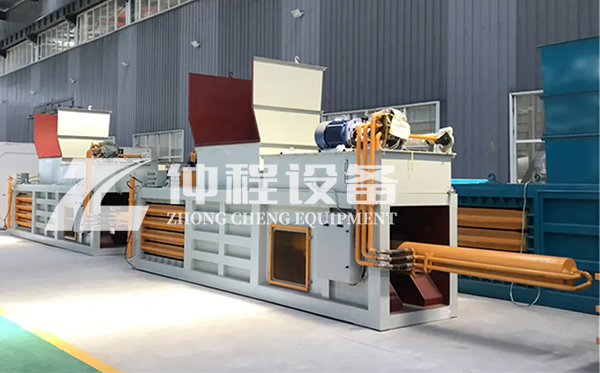
Structure and Principle
- Feeding System: Materials enter the interior of the baler either manually or automatically.
- Compression System: This includes components such as hydraulic cylinders, oil pumps, motors, etc. Once the material enters the machine, the hydraulic system drives the piston to apply pressure on the material, compressing it into block or bale shapes.
- Baling System: After compression, strapping materials like steel straps, plastic bands, or other types are used to secure the compressed material, ensuring its shape remains stable for easy handling.
- Control System: Typically composed of a PLC (Programmable Logic Controller), which coordinates the actions of each part to ensure the entire baling process runs automatically.
Safety Devices: To protect operators, balers are equipped with appropriate safety measures, such as emergency stop buttons and photoelectric switches.
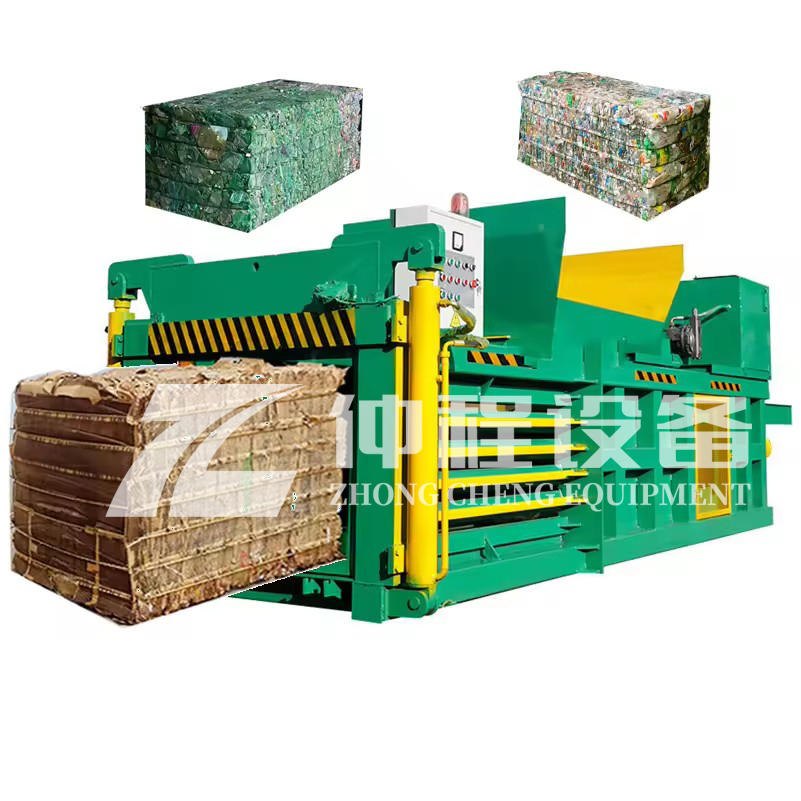
Application Scope
- Waste Recycling Industry: Used to compress scrap metal, paper, plastic bottles, and other waste materials, enhancing recycling efficiency.
- Agricultural Sector: Can be used to bale straw, hay, and other agricultural by-products.
- Manufacturing Industry: Suitable for compressing waste materials generated during production.
Logistics and Warehousing: Helps reduce the volume of goods, optimize storage space, and lower transportation costs.
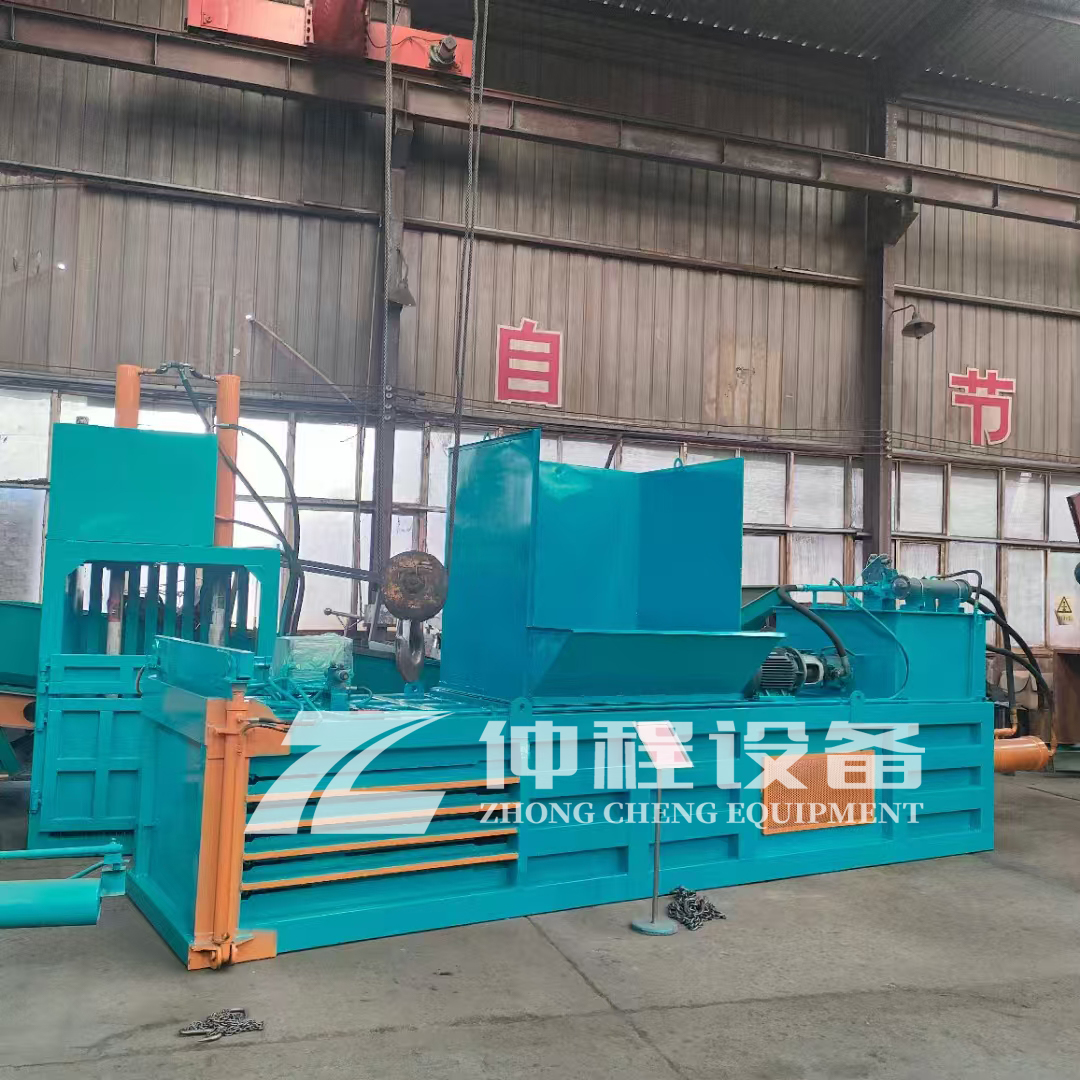
Advantages
- High Efficiency and Energy Saving: Utilizing advanced hydraulic technology, it can complete the compression of large amounts of material within a short time while consuming low energy.
- High Degree of Automation: Most modern horizontal balers are equipped with intelligent control systems, achieving one-button operation from feeding to baling.
- Compact Structure: Reasonably designed, occupying minimal space, suitable for installation under different site conditions.
- Easy Maintenance: Key components are made from high-quality materials with long service life; the equipment is also easy to maintain and repair.
Good Safety: Equipped with multiple safety protection functions that effectively prevent accidents and ensure personnel safety.
Zhongcheng Machinery Will Be There Whenever Wherever Whatever You Need
You Are Welcome to : phone call, Message, Wechat, Email& Seaching us, etc.
Email:
sales@zchmachinery.com
Whatsapp/Phone:
+8618738194110
hot Products
-
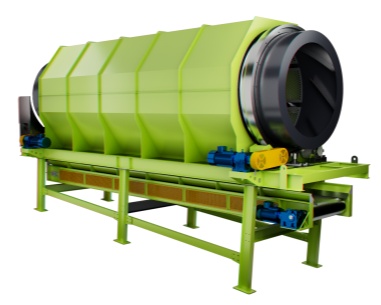 Trommel screenTrommel screen, also known as drum screens, are widely used in various industries for sorting and separating materials.Get Quote
Trommel screenTrommel screen, also known as drum screens, are widely used in various industries for sorting and separating materials.Get Quote -
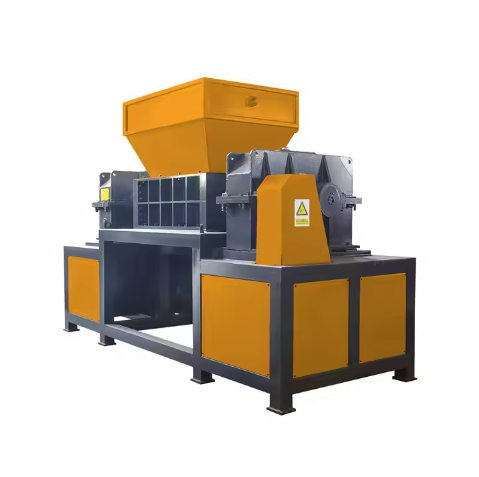 Crop straw double shaft shreddApplications:Biomass Energy Production: Shredded straw can be used as a feedstock for bioenergy plants to produce electricity or heat.Livestock Feed: Reduced-si...Get Quote
Crop straw double shaft shreddApplications:Biomass Energy Production: Shredded straw can be used as a feedstock for bioenergy plants to produce electricity or heat.Livestock Feed: Reduced-si...Get Quote -
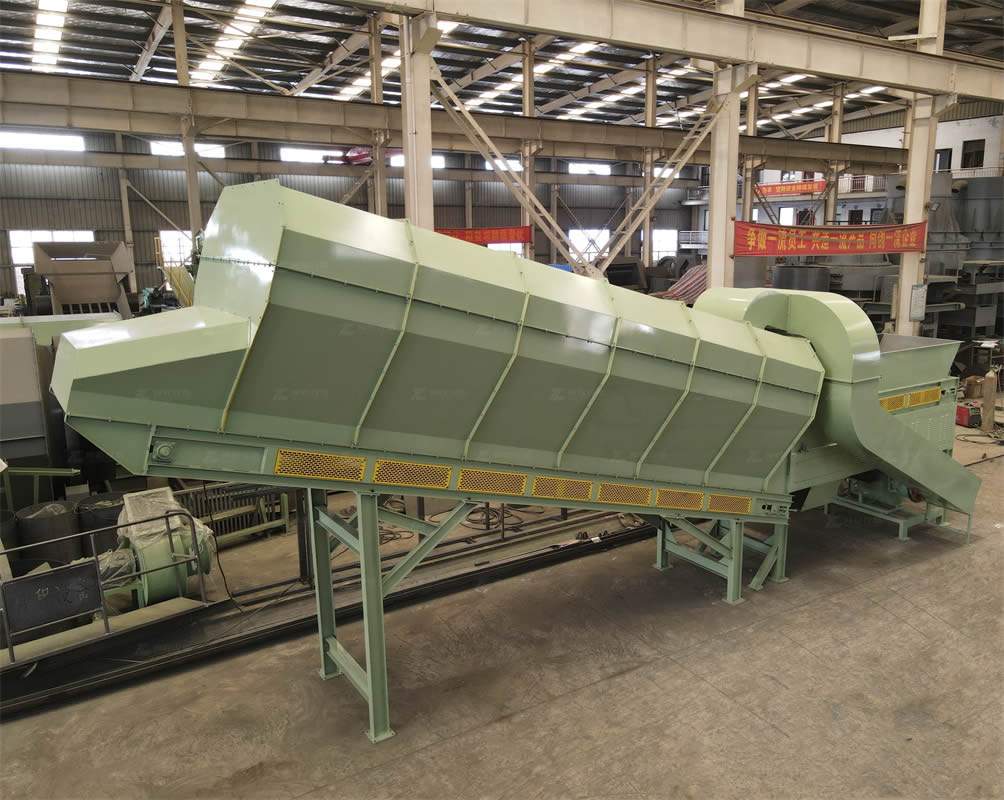 Zhongcheng Air Drum SeparatorAir drum separators effectively separate lightweight materials (e.g., plastics, paper) from heavier materials (e.g., metals, glass). This high efficiency is cru...Get Quote
Zhongcheng Air Drum SeparatorAir drum separators effectively separate lightweight materials (e.g., plastics, paper) from heavier materials (e.g., metals, glass). This high efficiency is cru...Get Quote
relate news
-
2024-06-05Can the Angle of the Ballistic Separator Be Adjusted?Ballistic separator is a type of mechanical sorting device used primarily in the recycling industry to separate materials based on their physical properties. It...
-
2024-06-20Wind Separator Technology for Lightweight Materials in Urban Solid Wastewind separator, also known as air separation, is a sophisticated and efficient method of sorting that utilizes air as the separating medium.
-
2024-06-07Zhongcheng Air Drum Separator in MSWAir drum separators effectively separate lightweight materials (e.g., plastics, paper) from heavier materials (e.g., metals, glass). This high efficiency is cru...
-
2024-08-06Plastic double shaft shredderOperation:Feeding: The plastic material is fed into the shredder through the infeed system.Shredding: As the material enters the shredding chamber, the rotating...
-
2024-06-08Solutions for Jaw Crusher ProblemsJaw crusher is widely used in mining, smelting, building materials, highways, railways, water conservancy and chemical industries. The maximum compressive stren...



